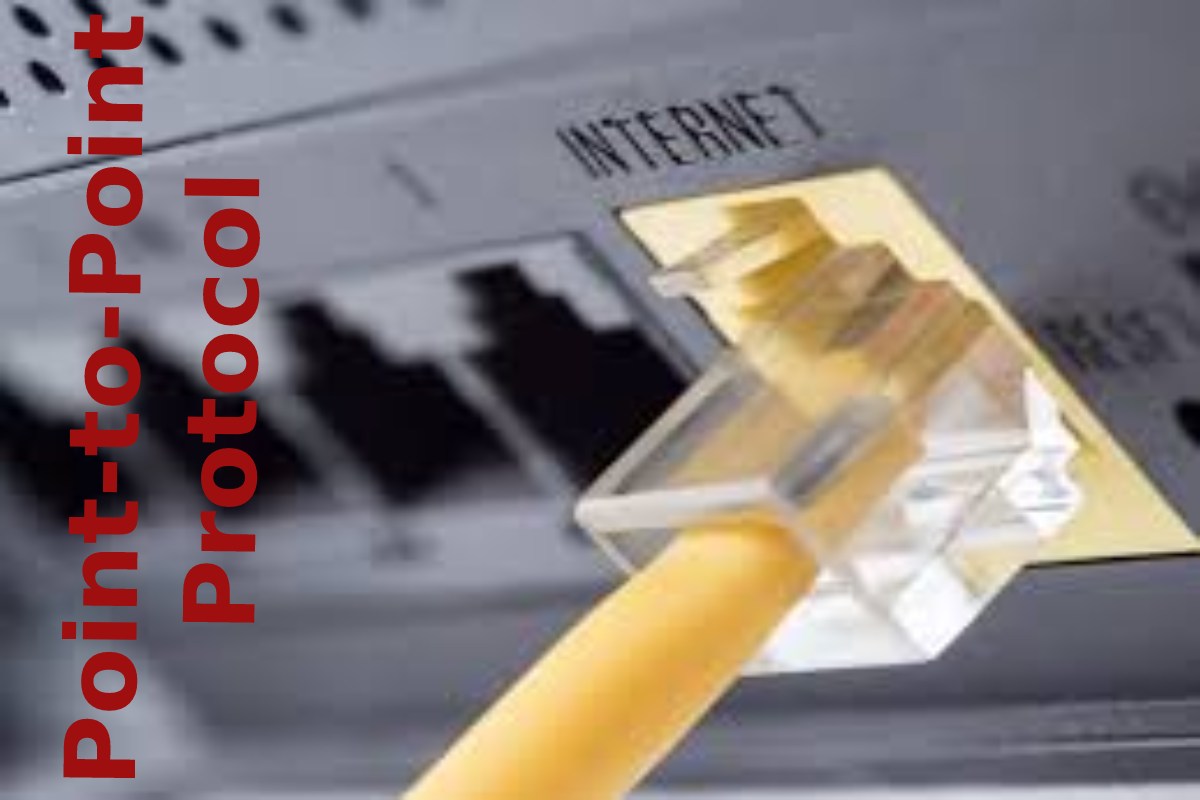Table of Contents
What is PPP (Point-to-Point Protocol)?
The PPP stands for Point-to-Point protocol. It is the most usually used protocol for point-to-factor get admission to. For example, suppose the user desires to enter the net from the house, the PPP protocol will use.
It is a fact link-layer protocol that is living in layer 2 of the OSI version
. It uses to encapsulate the layer three protocols and all of the records inside the payload for you to transmit throughout the serial hyperlinks. The PPP protocol can use on synchronous links like ISDN and asynchronous hyperlinks like dial-up. Its primary use is for the conversation between the two devices.
It can use over many forms of bodily networks, serial cable, cellphone line, trunk line, cellular telephone, and fibre optic links, including As the facts hyperlink layer protocol use to become aware of where the transmission starts evolved and ends. Hence, ISP (Internet Service Provider) uses the PPP protocol to offer dial-up to get admission to the net.
Services Furnished with the Aid of PPP
- It defines the format of frames thru which the transmission takes place.
- It defines the hyperlink established order process. If a person establishes a link with a server, then “how this hyperlink establishes” performs with the PPP protocol’s Aid.
- It defines information trade procedure, i.E., how information could exchange the fee of the change.
- The critical characteristic of the PPP protocol is encapsulation. It defines how community layer statistics and records inside the payload encapsulate in the records link body.
- It defines the authentication manner among the two gadgets. The verification between the two devices, handshaking and how the password could exchange among two gadgets determine via the PPP protocol.
Services Not Furnished with the Aid of the PPP protocol
- It does no longer support the glide management mechanism.
- It has an elementary errors manipulation mechanism.
- As PPP gives point-to-factor verbal exchange, it lacks an addressing mechanism to address frames in multipoint configuration.
It is a byte-orientated protocol because it provides the frames as a group of bytes or characters. It is a WAN (Wide Area Network) procedure as it turns over the internet
link because of this between two routers, the net is extensively used.
PPP has Two Fundamental makes use of that give under:
- It extensively utilize in broadband communications having heavy loads and high pace. For example, a web operates on heavy load and high speed.
- It uses to transmit the multiprotocol records between the two connected (factor-to-point) computer systems. It uses explicitly in point-to-point gadgets. For instance, routers are point-to-point devices where PPP protocol extensively use as it’s miles a WAN protocol,
Frame Format of PPP Protocol

The Frame Layout of the PPP Protocol includes the Subsequent Fields:
- Flag: The flag field is used to suggest the body’s beginning and stopping. The flag subject is a 1-byte discipline that appears at the start and the finishing of the frame. The pattern of the flag is just like the bit pattern in HDLC, i.e., 01111110.
- Address: It is a 1-byte subject that includes the steady price that is 11111111. These eight ones represent a printed message.
- Control: It is a 1-byte subject ready via the regular cost, i.e., 11000000. It is not required as PPP does not aid the drift control and is a very restrained error manipulation mechanism. The manipulate subject is an obligatory field wherein protocol helps float and mistakes use the tool.
- Protocol: A 1 or 2 bytes area defines what is to carry inside the statistics subject. For example, the statistics may be helpful to statistics or other statistics.
- Payload: The payload subject consists of both consumer information and other records. The maximum period of the payload area is 1500 bytes.
- Checksum: It is a sixteen-bit area generally used for mistakes detection.
Transition Phases of PPP Protocol
The following are the Transition Stages of a PPP Protocol:
- Dead: Dead is a transition section. It means that the hyperlink not use or there is no lively provider on the physical layer.
- Establish: If one of the nodes starts operating, the phase goes to the establish section. In short, we can see that when the bulge starts evolved verbal exchange or service is detected, its movements from the lifeless to the setup section.
- Authenticate: It is an optionally available segment, which means that the verbal exchange can also move to the authenticate phase. The element moves from the set up to the authenticate segment simplest when each communicating node complies with making the communication shown.
- Network: Once the authentication is successful, the community install or phase is network. In this section, the negotiation of network layer protocols takes place.
- Open: After the status quo of the community segment, its movements to the open element. Here is an available segment method that the change of facts takes area. Or we can say that it reaches the forthcoming segment after the network layer configuration.
- Terminate: When all of the work do, the connection gets terminated, and it moves to the terminal phase.
On achieving the terminate segment, the link moves to the dead section, which shows the service dropped
There are Extra Opportunities that can Exist in the Transition Segment:
- When the authentication fails, the link movements from the authenticate to the terminate segment.
- The hyperlink can also pass from the established to the dead country whilst the service fails.
Also Read: What is a LAN (Local Area Network)? – Layouts, Work, and More
ALSO READ : MOVIES

